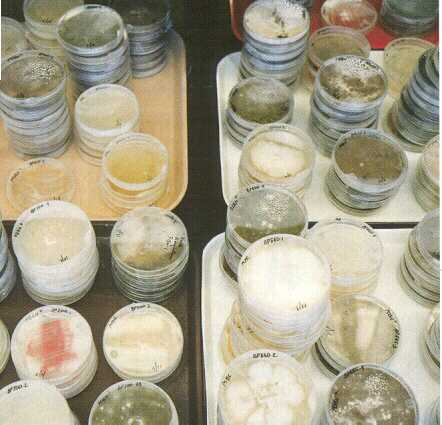
Alissa Marotta
Exploration 4- Magazine Article
New Life In A Death Trap by Edwin Dobb
In November 1995, 350 dead snow geese were found in Lake Berkeley in Butte, Montana. The lake, which covers roughly 700 acres of land, is full of more than 30 billion gallons of water with high concentrations of copper, cadmium, arsenic, aluminum, manganese and zinc. With a measurement of 2.6, the water has a pH of a lemon. Because of this, Lake Berkeley is said to have a huge impact on the environment. The land near the lake is extremely foul smelling and the rocks surrounding it show visible traces of sulfur. When the rock is exposed to wind and water, the rock forms sulfuric acid and the runoff continually enters the lake. It is no wonder why this lake is known to be the country’s largest body of contaminated water and has been added to the Environmental Protection Agency’s Superfund list.
Right after the dead birds were found, Grant Mitman, who claims that his passion is algae, took a rope to the waters of the lake, and soaked it up with some of the green slime. He then took the rope to the Montana Tech of the University of Montana to be studied. The single-celled algae were later defined as Euglena mutabilis. Somehow, it had survived in the "Berkeley Pit."

Don and Andrea Stierle, a husband and wife team, also work at the University. They devote their time to finding natural compounds that may be used in agriculture or medicine. Their theory was that maybe the Euglena mutabilis could recover the lake by absorbing all the acid and dangerous metals. It would be known as an "extremophile." An extremophile is an organism that is able to survive rough conditions.
The Stierles divide these extremophiles into two categories: the survivors, which are able to defend themselves from the acid and metals, though they do not like it, and the thrivers who prosper among the acidity. The Stierles were very excited to hear of the discovery of these thrivers, of course.
At present, three million gallons of groundwater end up in Lake Berkeley each day. Researchers predict that in 20 years, the water will rise to the same level as the groundwater that surrounds it. If the waters of Lake Berkeley combine with the groundwater, they will join together and flow into the Clarks Fork River. The Atlantic Richfield Company plans on making a treatment plant before that happens. They will treat the water with lime, which will create approximately 1,000 tons of toxic sludge, daily. Mitman, of course, feels his microbes would do a better job so he is now studying the microbes that will help clean the water.
Inside his room, marked "Growth Chamber," Grant Mitman identifies the algae that he believes will clean up Lake Berkeley in the future. Mitman argues that certain algae consume metals and some reduce acidity. They also convert sunlight, carbon dioxide and water into sugar. That is important because the organisms use it as their food source. Already, Mitman has produced Euglena mutabilis upon solid copper, and the Chlorella showed to clear the lake water by more than 10%. It is not surprising, then, that Mitman, as well as the Stierle, have great confidence that this algae can overturn all of the pollution in Lake Berkeley. Andrea Stierle sums the process up by saying, "new environmental niches mean new microbes, new microbes mean new chemistry, and new chemistry means new chemical compounds."